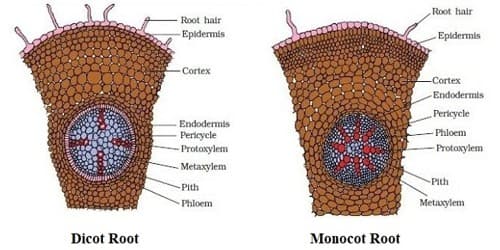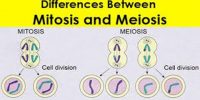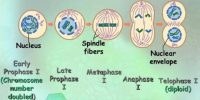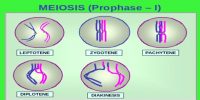Anatomical Differences between Dicot root and Monocot root
Dicot root
- A number of xylem or phloem bundles usually vary from 2-6.
- The medulla is small and inconspicuous.
- The xylem cavity is polygonal.
- Xylem tissue lacks bast fiber.
- Pericycle may give rise to cambium and cork cambium. The pericycle gives rise to lateral roots, cork cambium, and the part of the vascular cambium.
- Secondary growth occurs.
- Cortex is comparatively narrow.
- Older root has a covering of cork.
- Passage cells are generally absent in endodermis.
- the xylem and phloem are limited in numbers. The number of xylem and phloem bundles varies from 2-5 or sometimes 8.
- Pith is either absent or very small.
- Cambium appears as a secondary meristem at the time of secondary growth.
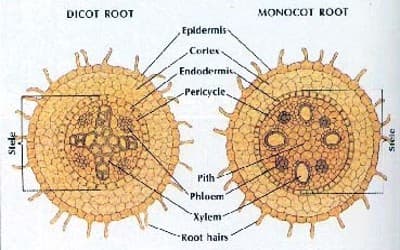
Monocot root
- A number of xylem or phloem bundles is usually more than six.
- The medulla is large and clear.
- The xylem cavity is round.
- Bast fiber is absent in xylem tissue.
- Pericycle never rives rise to meristematic tissue. The pericycle present only produces the lateral roots.
- Secondary growth does not occur.
- Cortex is very wide.
- Older root has a covering of exodermis.
- Thin-walled passage cells generally occur in the endodermis opposite the protoxylem point.
- the xylem and phloem are numerous in numbers. Xylem and phloem bundles are numerous and are 8 or more in number.
- A well-developed pith is present in the center of the root.
- Cambium is altogether absent.
